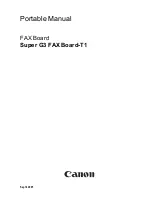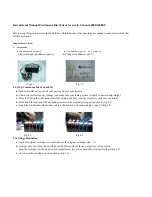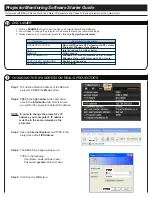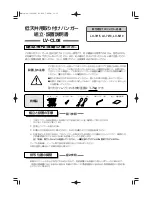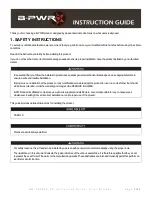
User's Guide _______________________________________________________________________
82
______________________________________________________ M210296en-A
also included in the data message heading. ID 1 is used as a default in
the message heading if no other ID is given. The current ID can be
removed by pressing " - " as an answer to the question.
In the multidrop configuration, where several FD12 Weather Sensors
are on the same communication line, the units are differentiated by the
ID.
The next CONF parameters are hardware- or system-dependent. They
can be changed from the factory set values for better performance or
maintenance purposes. The example configuration session is
explained in the following.
The single point calibration of the TE backup temperature
measurement can be done by giving the temperature.
SET REFERENCE PARAMETERS
TE (
25.9)
The default value is the current temperature. If it is not correct, a new
value must be typed as the answer. The new value is used to correct
the internal TE scaling factor. The TE temperature is used as a backup
in FD12P. The temperature is used in the visibility measurement to
control the precipitation effect correction algorithm. Snow and rain
have a different kind of effect on the scattering signal when it is used
for the visibility calculation.
The currently measured offset value (not a parameter) is shown in the
brackets (see next page).
OFFSET (
127.48) Y
OFFSET REFERENCE UPDATED
After receiving Y as an answer, the system accepts the offset
frequency to be the reference parameter for hardware monitoring. The
parameter value is further compared with the current value to detect
drift or other failure in the optical signal measurement electronics.
The visibility alarm limits are checked. Limit 1 is expected to be
higher than Limit 2. The limit values are expressed in meters.
ALARM LIMIT 1
(
1000)
ALARM LIMIT 2
(
200) 300
ALARM LIMIT 2
UPDATED































